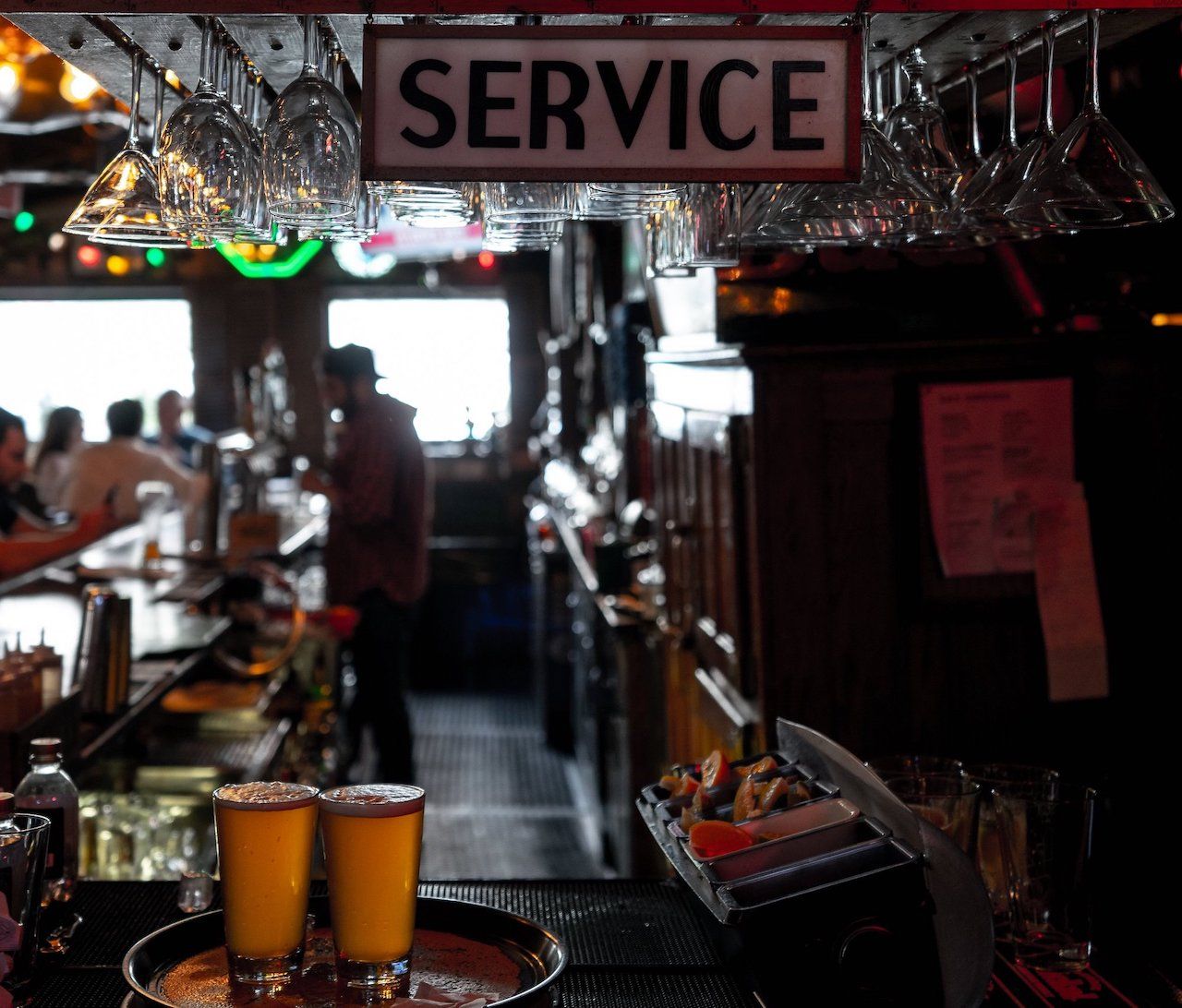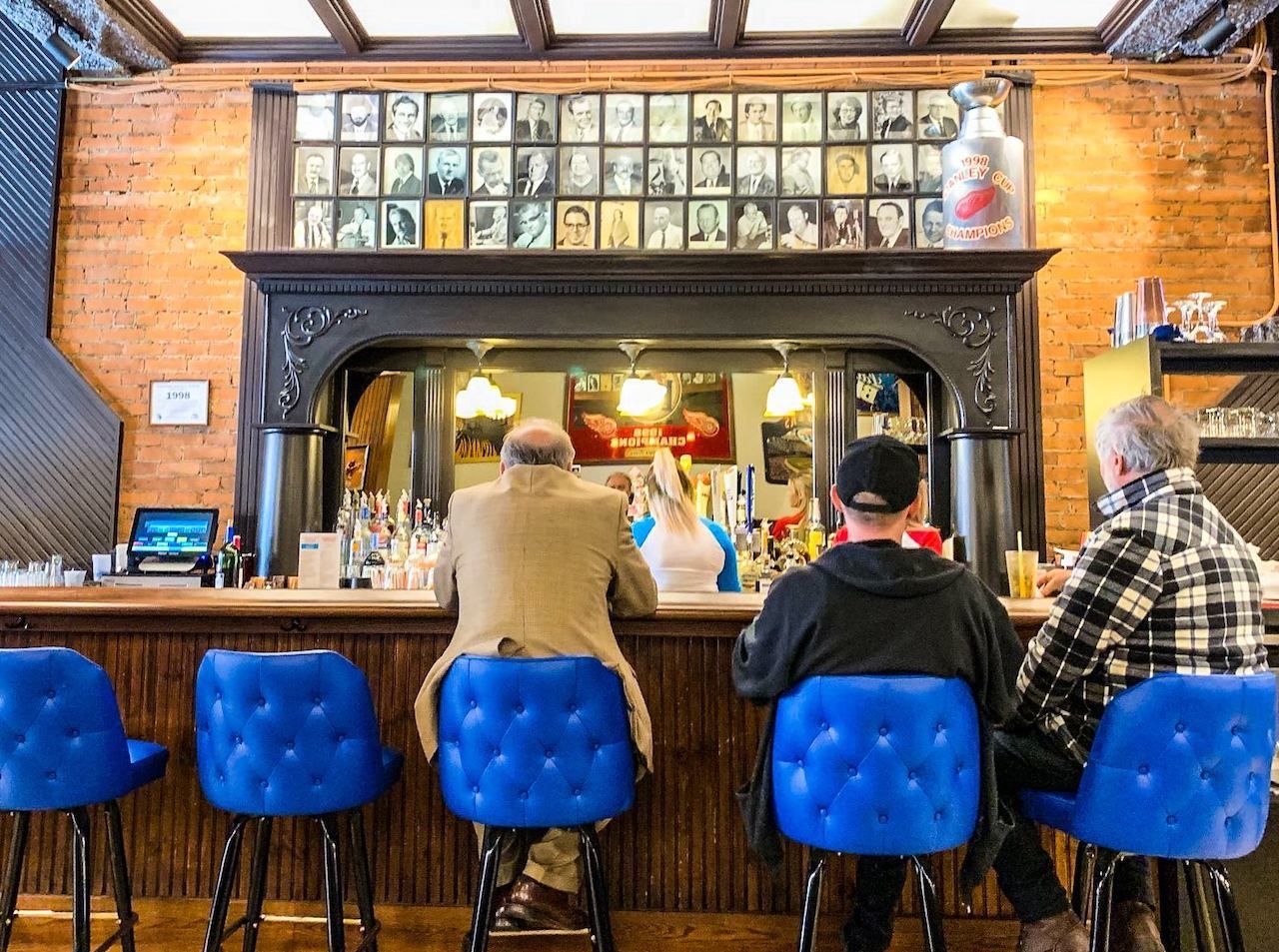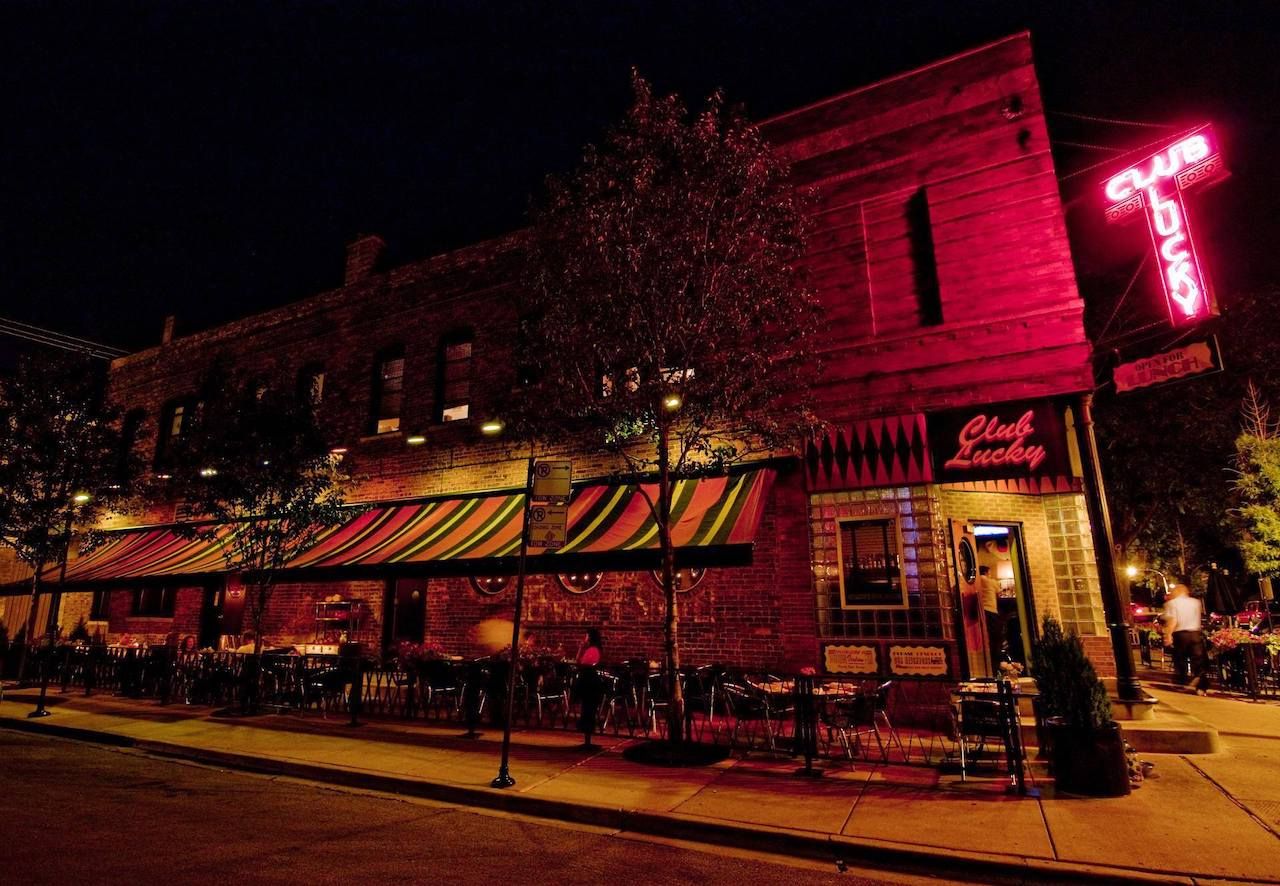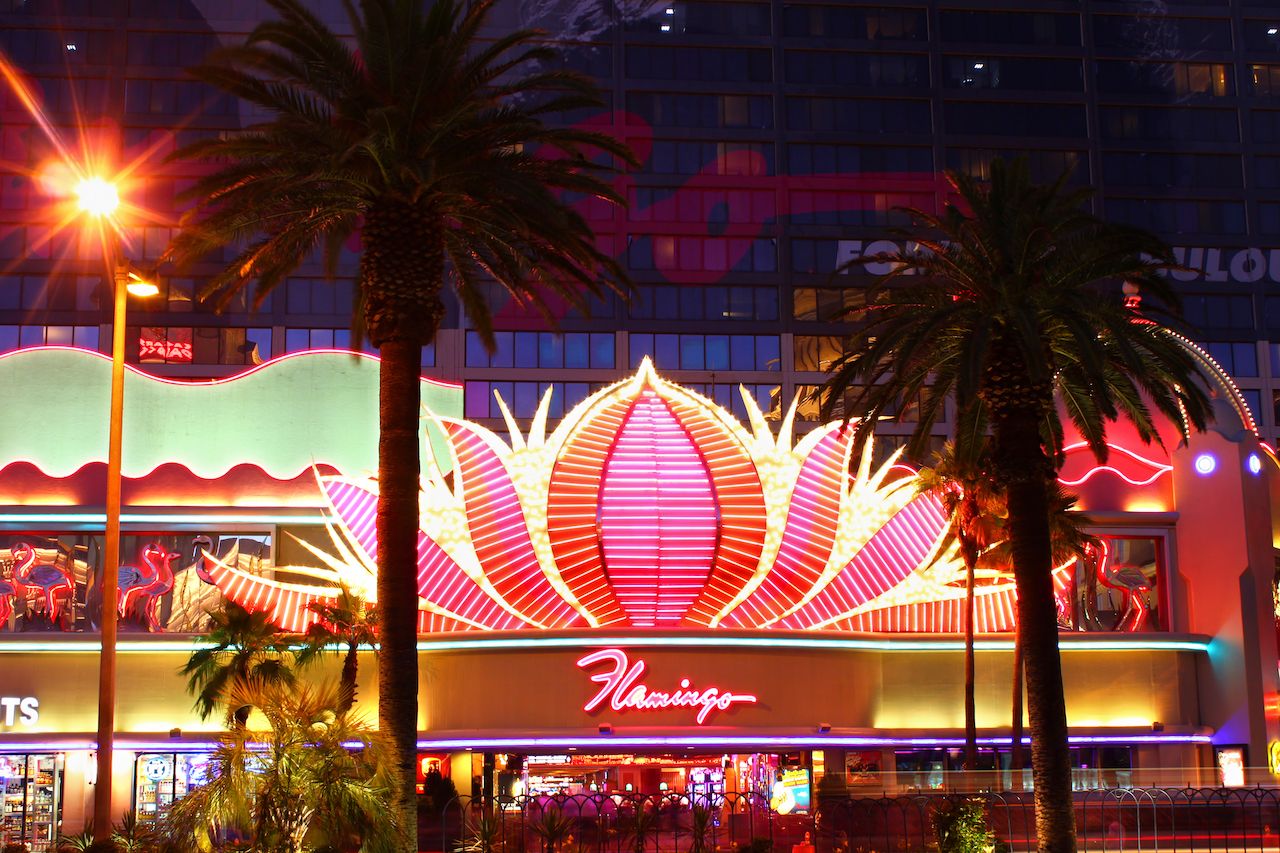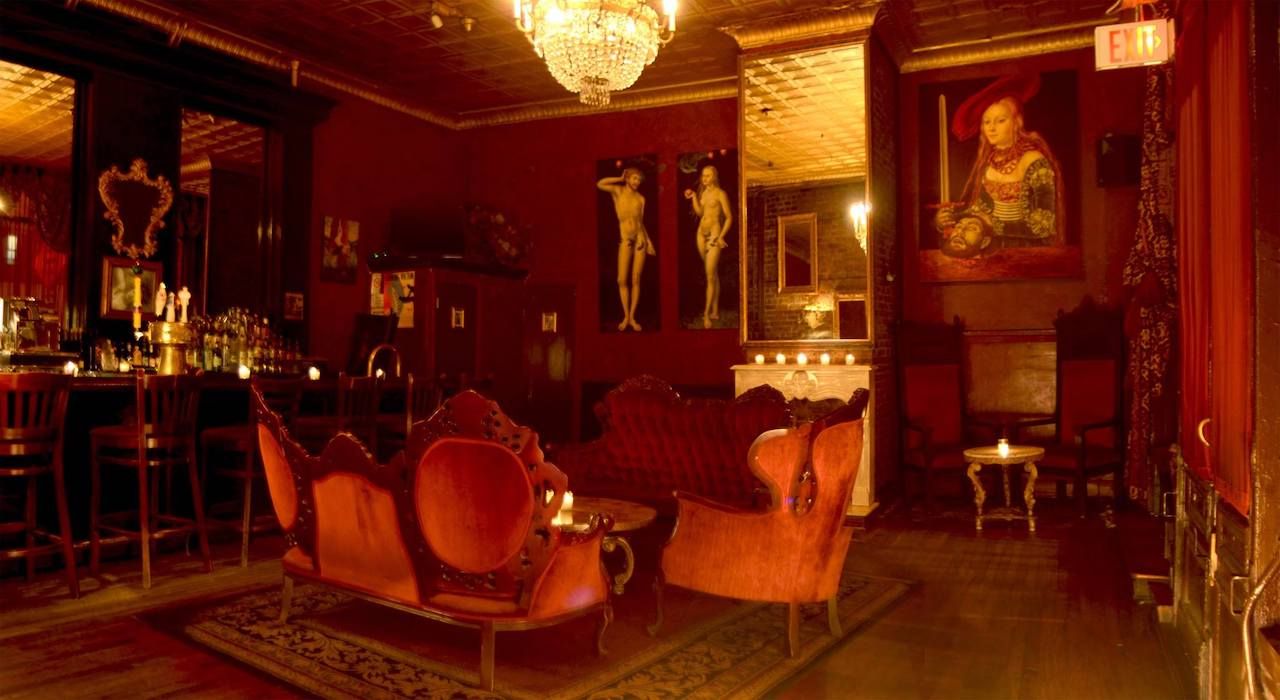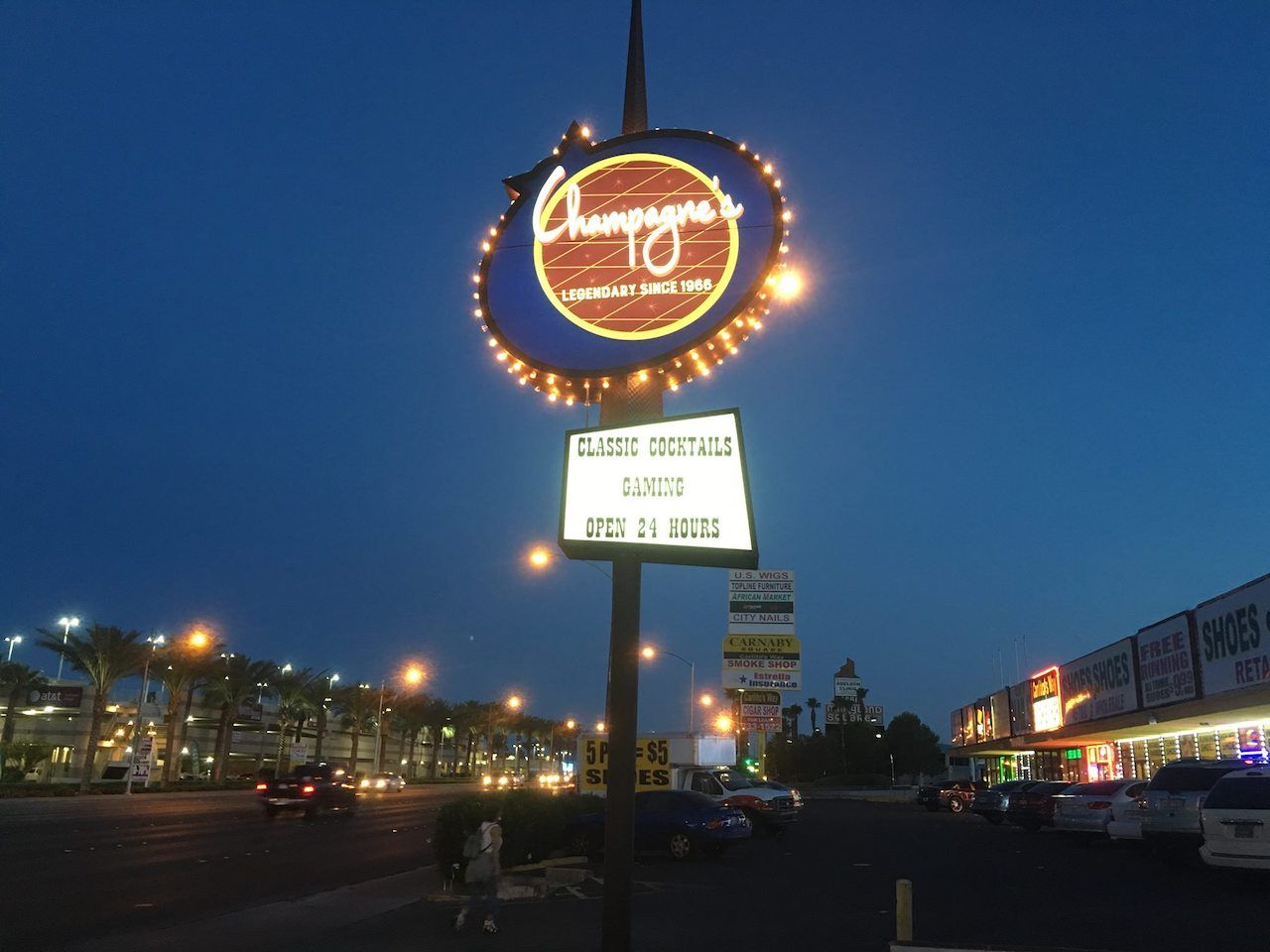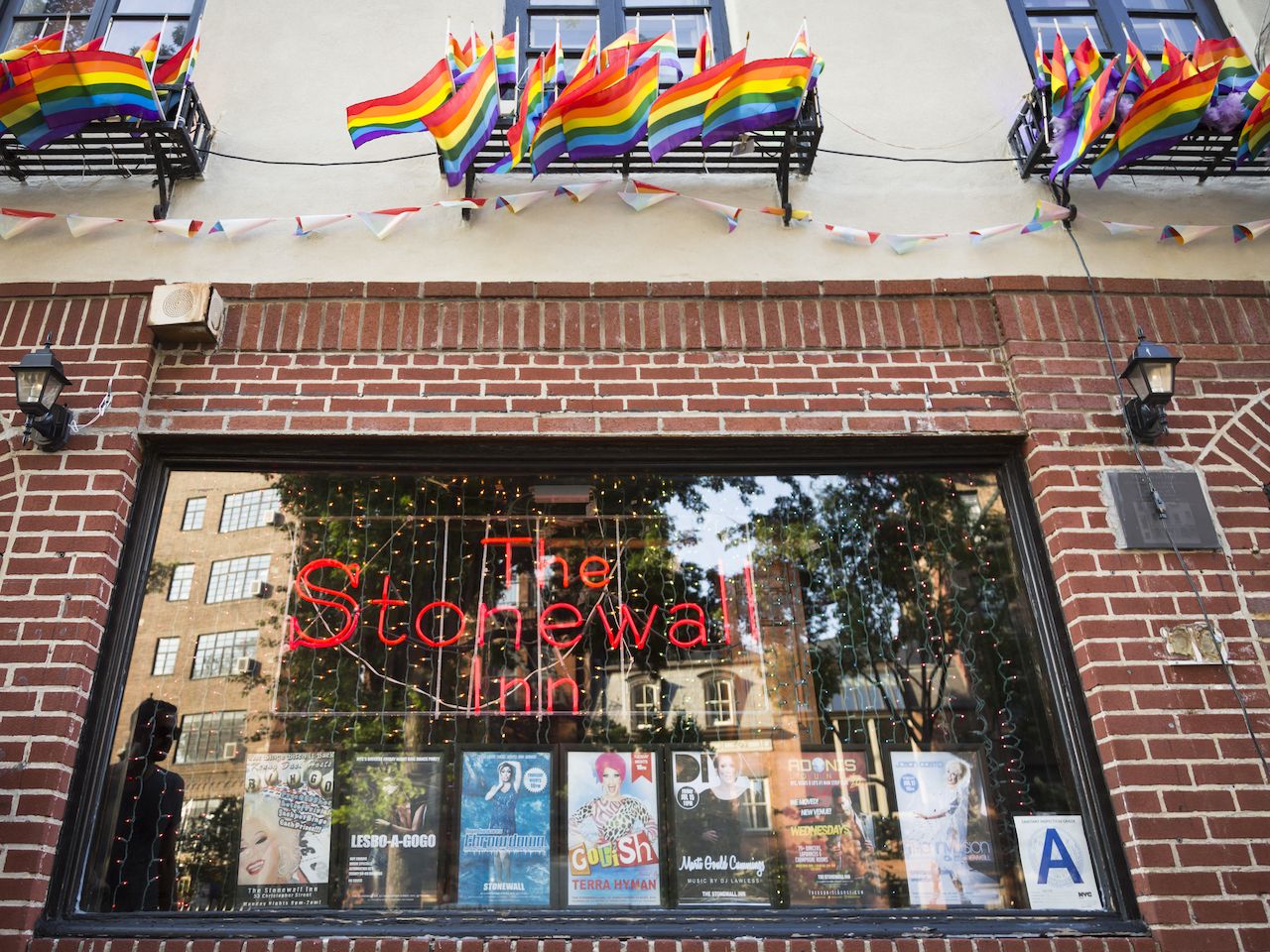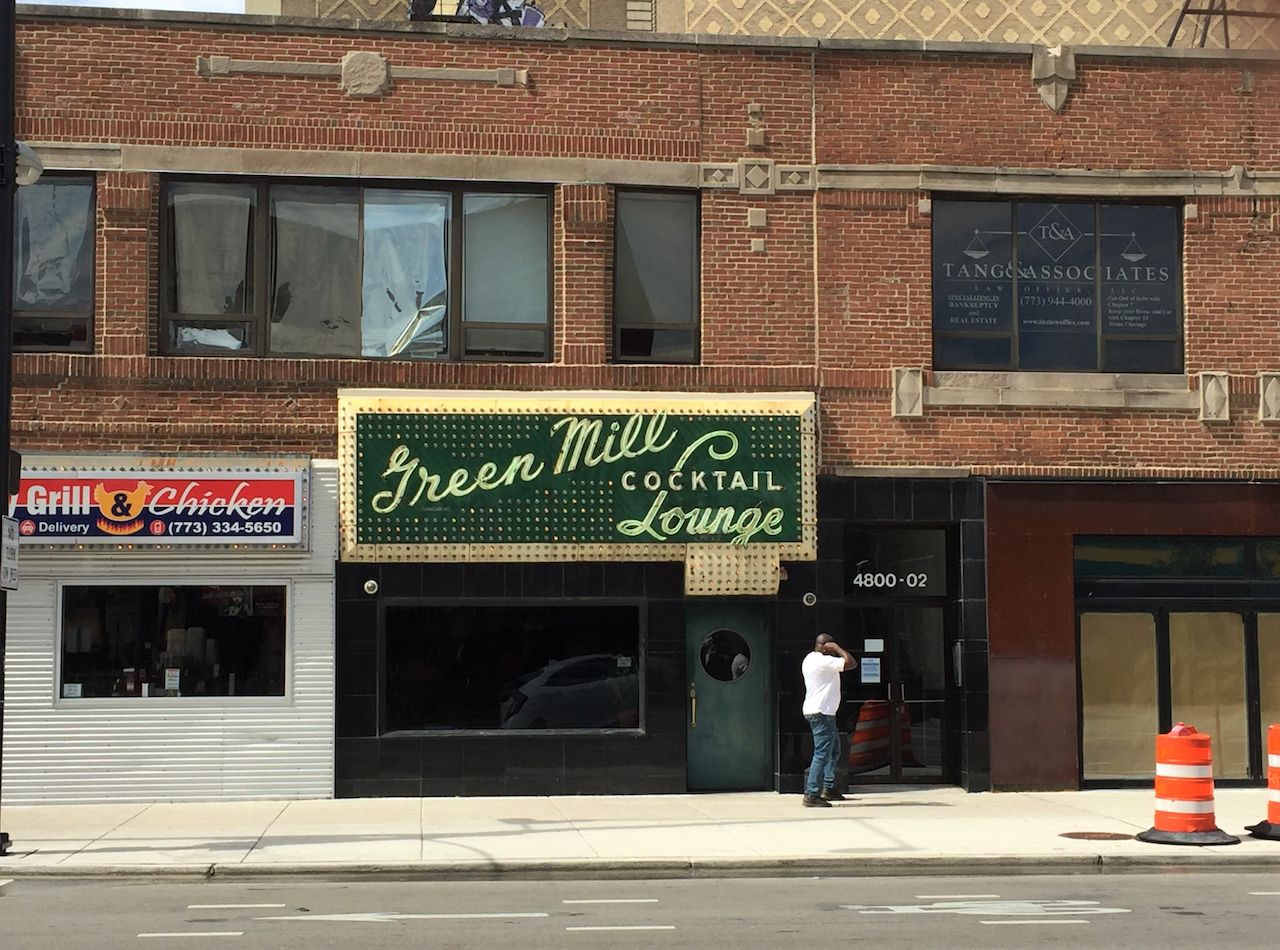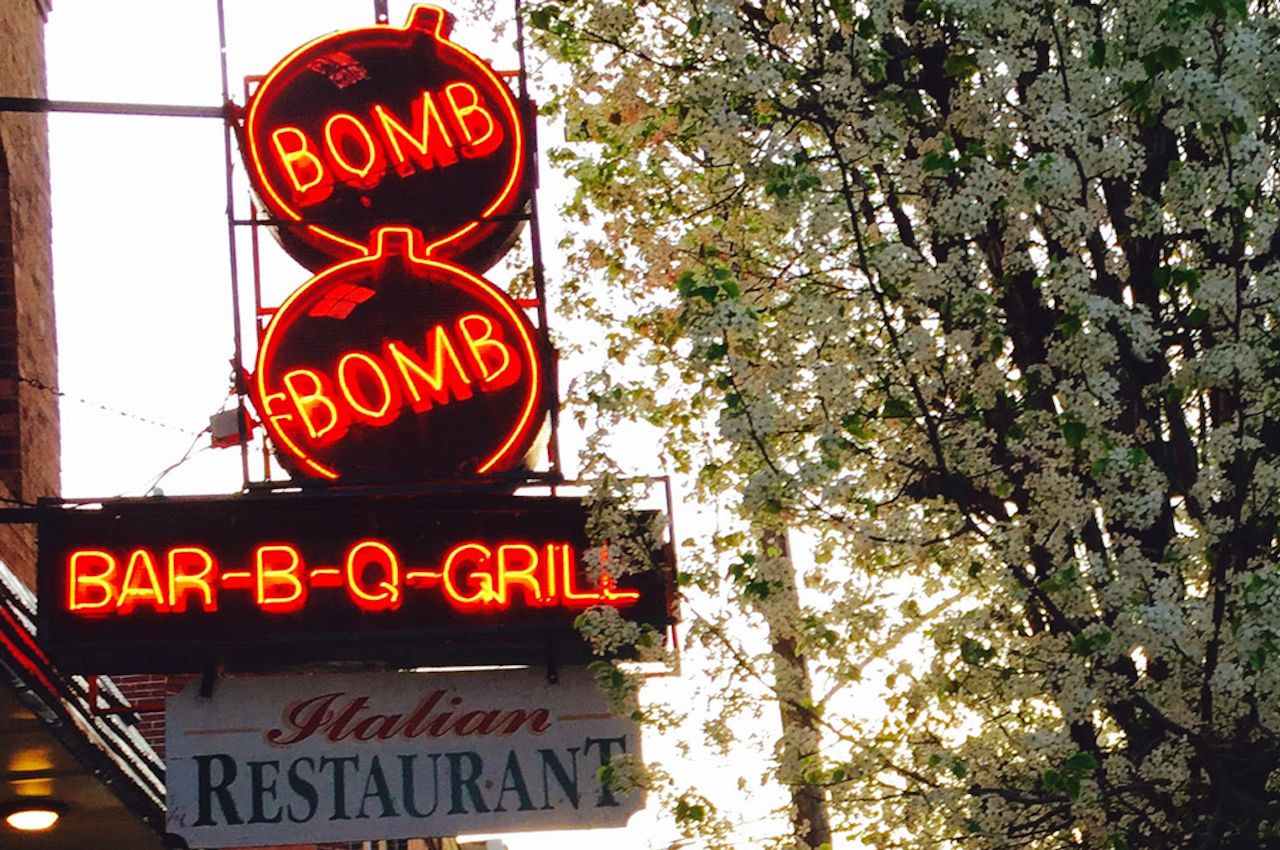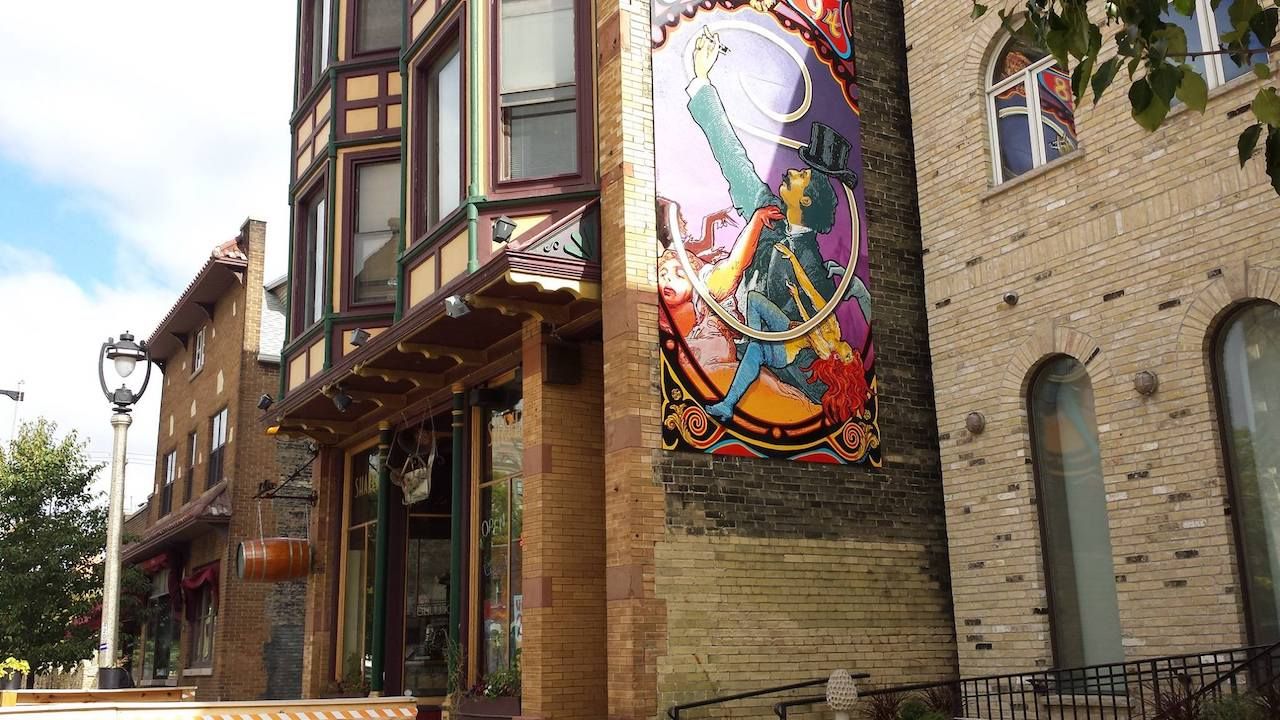Mobsters hold a revered place in the American imagination, from John Gotti to Henry Hill. They were both ruthless killers and self-made hustlers living the American Dream. Though the heyday of the mafia is long gone, people are still obsessed with mobster swagger and the drunk-on-power confidence they exhibited.
Speaking of drunk, it’s no secret that the wise guys were heavy drinkers (or at least profited off people who were). In the Roaring ‘20s, Al Capone and his cronies smuggled booze through secret underground tunnels in Chicago, and 25 years later Bugsy Seigel tried to open The Flamingo casino in Las Vegas as a boozy gambling paradise (it didn’t exactly work out). Bars were more than money-making operations, though. These establishments were places where mobsters could meet, scheme, and hold court with their admirers. And you can still go to some of the most famous.

